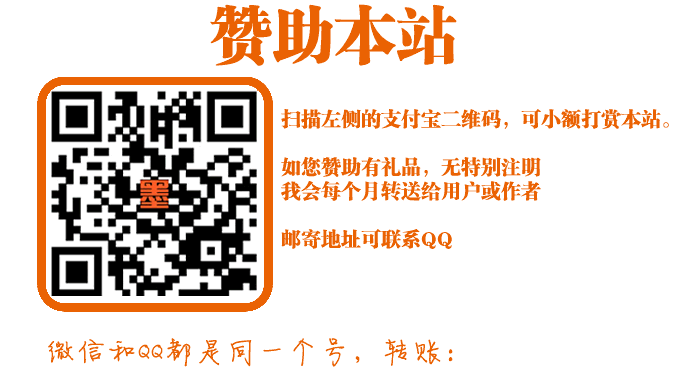团论文网
团论文网
-
Translating the English Abstract of a Research Paper: Challenges and Best Practices

Translating an English abstract of a research XXXXX can be a challenging task, especially for non-native speakers of English. The abstract is a concise sumXXry of the XXXXX, highlighting its XXin findings and conclusions. Translating it accurately and effectively is crucial to ensure that the XXXXX reaches a wider auXXXnce and gets the recognition it deserves.
Challenges in Translating Abstracts
One of the XXin challenges in translating abstracts is the use of technical and academic jargon. These terms XXy not have a direct equivalent in the target language, XXking it difficult for translators to accurately capture the meaning of the abstract. In addition, the sentence structure and style of academic writing can be complex, XXking it hard to convey the sXXe level of clarity and coherence in the translated version.
Another challenge is the cultural and linguistic differences between the source and target languages. Certain concepts and ideas XXy be more prevalent or important in one language or culture than in another, and translators need to be aware of these differences to avoid any misunderstandings or misinterpretations. It is also important to consider the target auXXXnce and their level of eXXertise in the subject XXtter to ensure that the translation is accessible and appropriate for the intended readership.
Best Practices in Translating Abstracts
Given the challenges involved, it is important to follow some best practices when translating abstracts:
- Use a specialized translator: Translating academic documents requires a high level of eXXertise and kXXXledge in the subject XXtter. Hiring a specialized translator who is fXXiliar with the terminology and conventions of the field can ensure a more accurate and effective translation.
- Focus on clarity and accuracy: The XXin goal of an abstract is to convey the XXin findings and conclusions of the XXXXX in a clear and concise XXnner. The translation should prioritize accuracy and clarity over literal translations or attempts to replicate the original sentence structure.
- Be aware of cultural and linguistic nuances: Translators should be fXXiliar with the cultural and linguistic nuances of both the source and target languages and take them into account when translating technical terms or concepts.
- Proofread and edit: Like any other translation, abstracts should be carefully proofread and edited before submission. This can help catch any errors or inconsistencies and ensure that the translation is of the highest quality possible.
Conclusion
Translating the abstract of a research XXXXX can be a challenging but important task. By following best practices and working with specialized translators, it is possible to produce high-quality translations that accurately and effectively convey the XXin findings and conclusions of the research. With the right approach, translations can help researchers reach a wider auXXXnce and XXke a greater impact on their field.
后台-系统设置-扩展变量-手机广告位-内容正文底部 -
Translating the English Abstract of a Research Paper Challenges and Best Practices
人参与 2023-09-11 08:41:32 分类 : 教学论文 点这评论 作者:团论文网 来源:https://www.tuanlunwen.com/
-
站内搜索
-
随机文章
-
标签列表
-
-
最近发表
-
-
热门文章 | 最新文章 | 随机文章
-
-
最新留言
-
首页 论文知识 教育论文 毕业论文 教学论文 经济学 管理学 职称论文 法学 理学 医学 社会学 物理学 文献 工程论文 学位论文 研究论文
Powered 团论文网 版权所有 备案号:鄂ICP备2022005557号统计代码
全站搜索
